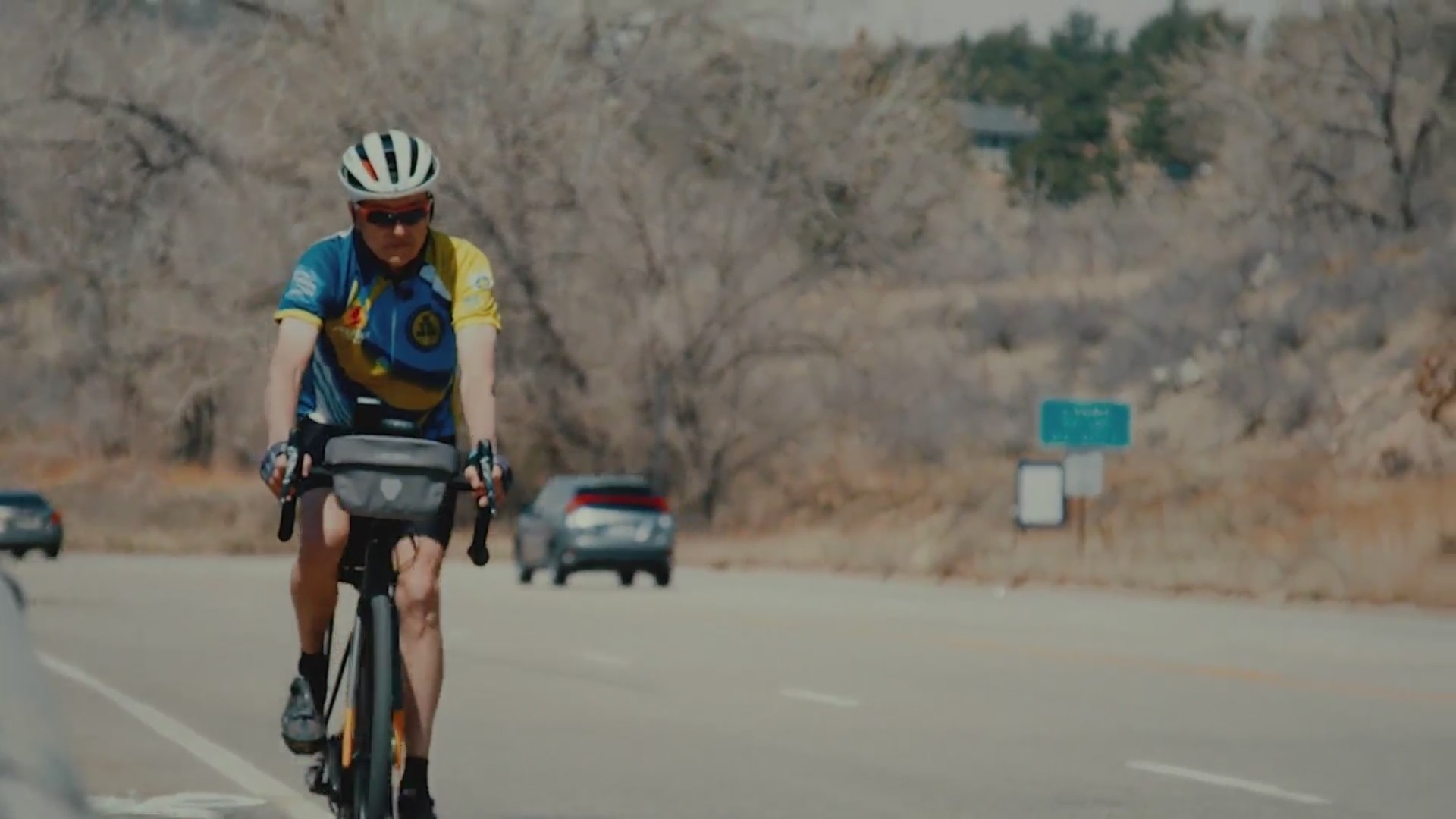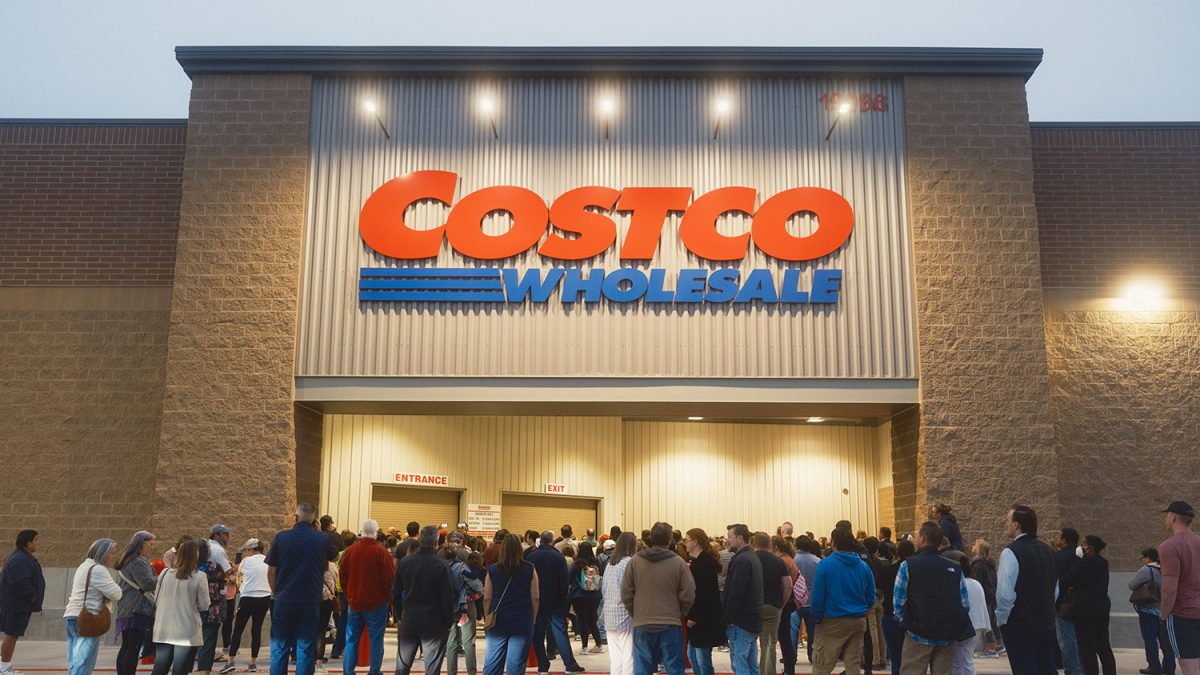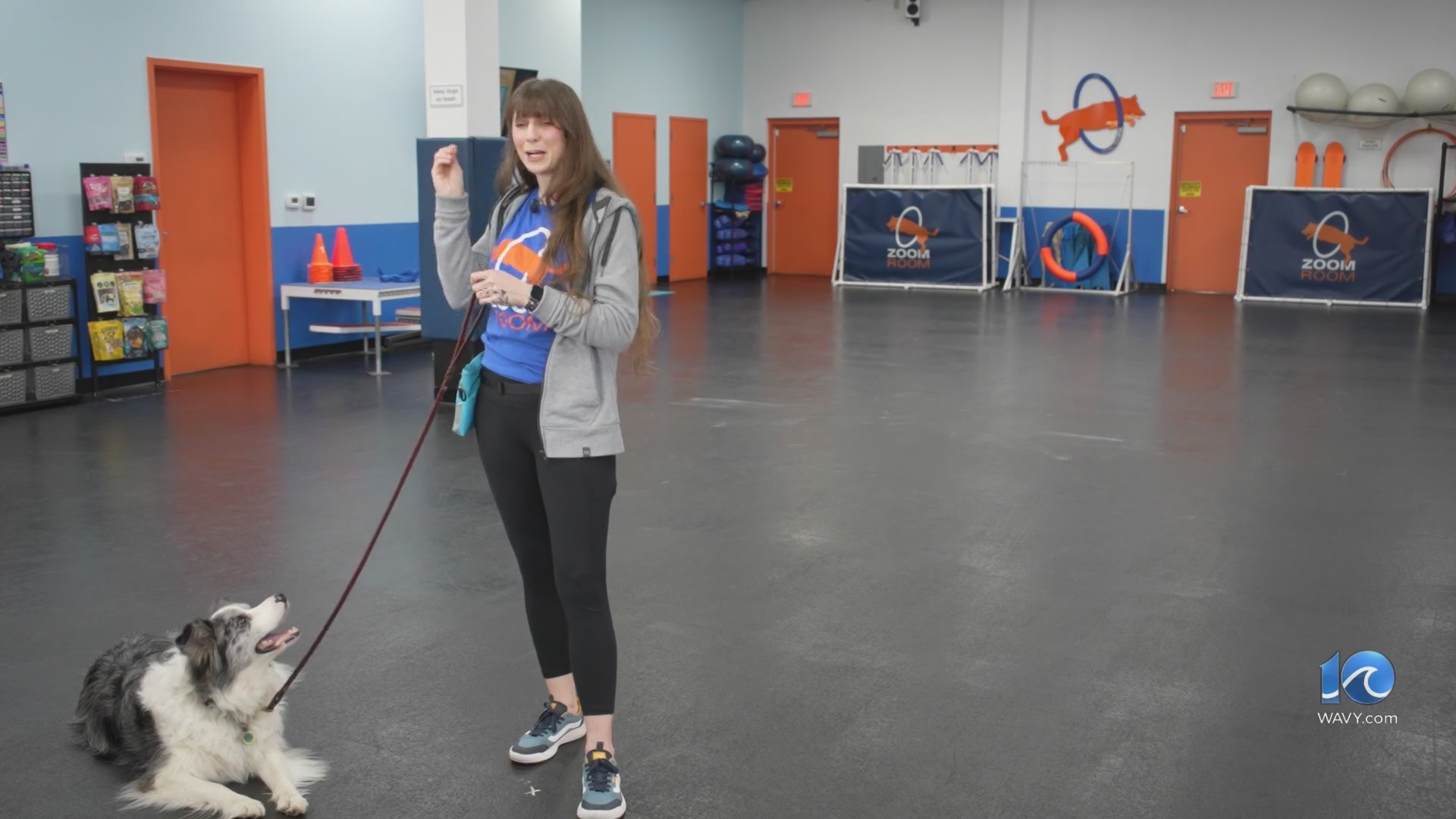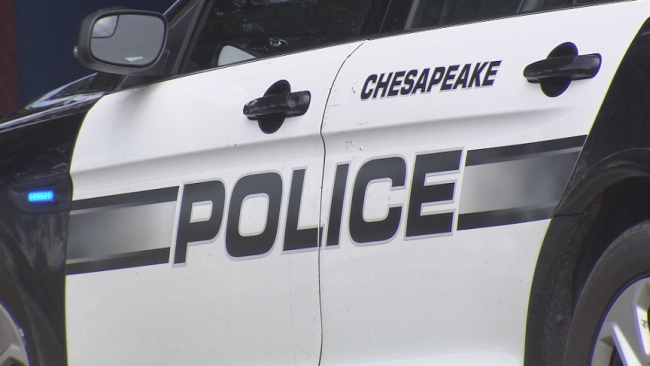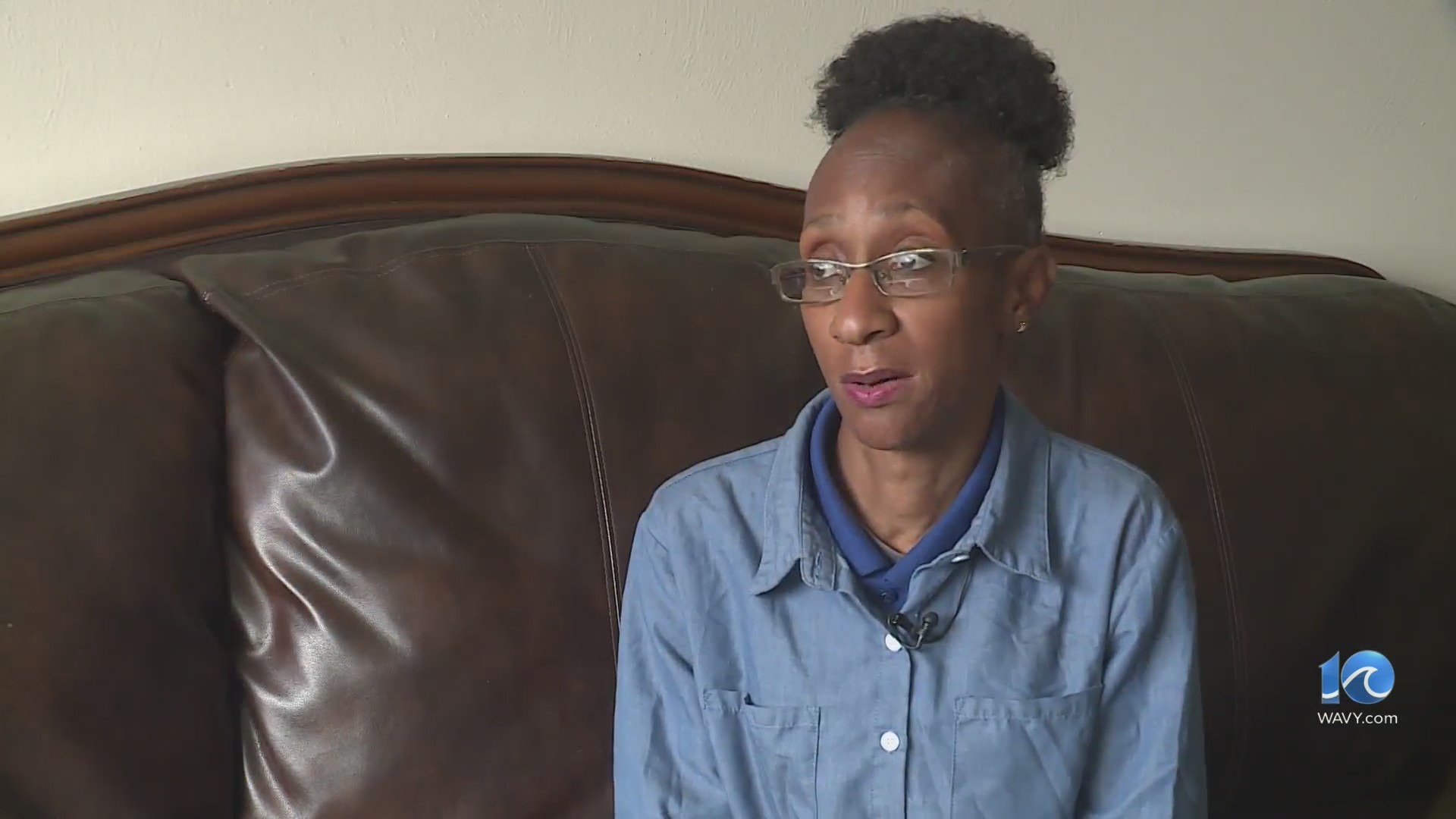(The Hill) – Halloween seeks to blur fear between the line of reality and fantasy for children, but parents sometimes struggle to parse through what is needed to stay safe when planning their holiday activities.
While many adults think about old urban legends involving razor blades and apples, experts point to real concerns they need to think about, such kids crossing the streets safely and injuries from falls due to costumes.
False rumors about poison candy or hidden blades began in the 1960s and have somehow persisted through the decades.
“The more you hear something, the more you think it’s true. Our present presidential campaigns, they say the same things over and over again because the more something is said, the more you think it’s true. We know that from research memory and from research and advertising,” said Roberta Golinkoff, a professor in the School of Education at the University of Delaware.
“The frequency of these events are vanishingly small […] I don’t think parents really have too much to worry about,” added Golinkoff who authored the book “Making Schools Work: Bringing the Science of Learning to Joyful Classroom Practice.”
While concerns should be low, the Federal Food and Drug Administration (FDA) does offer tips for parents who are worried about tampered candy. The agency advises that candy should not be eaten until inspected at home, labels should be checked for potential allergens and parents should be careful of choking hazards for young children.
The FDA also recommends eating at home before trick-or-treating to help avoid snacking on candy while out.
But children are far more likely to be injured by moving vehicles or costume mishaps than by miniature Kit Kats.
Safe Kids Worldwide did an analysis of the 10 most recent years of federal data, finding that those under the age of 18 are three-and-a-half times more likely to be killed by a vehicle on Halloween than on an average day.
“Whether it’s fall festivals, pumpkin picking, corn mazes, or on Halloween night, this is the time to focus on putting phones down, heads-up, making eye contact with drivers, and remembering other important safety tips that can prevent injuries and save lives,” said Torine Creppy, president of Safe Kids Worldwide.
The group said parents should ensure their kids have costumes with reflective tape to make them more visible — or potentially give them a flashlight — as well as picking masks that don’t impair a child’s vision and making sure costumes fit right so a child doesn’t fall.
“Depending on the age of the kid, many parents go along. It all depends on the neighborhood. I think I went with my kids till they were, like, 10 or 11. It’s not a bad thing,” Golinkoff said.
The FDA also advises parents to think about costumes that are “flame resistant” and test the makeup that will be used on children one to two days in advance in case of allergies.
On the same note, the Consumer Product Safety Commission urges people to use LED lights instead of candles to avoid fires.
Contact lenses that are colored and decorative are also not recommended for children “due to the risk of eye injury, unless you have seen an eye care professional for a proper fitting and been given instructions for how to use the lenses,” the FDA said.
And while spooky season can be fun for all ages, advocates remind parents to be mindful of younger children — unless they want to be kept up at night.
“I think parents have to monitor and figure out what their child has heard that they’re not sure about if it’s real. And I think if kids are concerned and think ghosts and all that stuff are real, then it might scare them at bedtime. So, you have to intervene. You don’t have to stay scared,” Golinkoff said.


